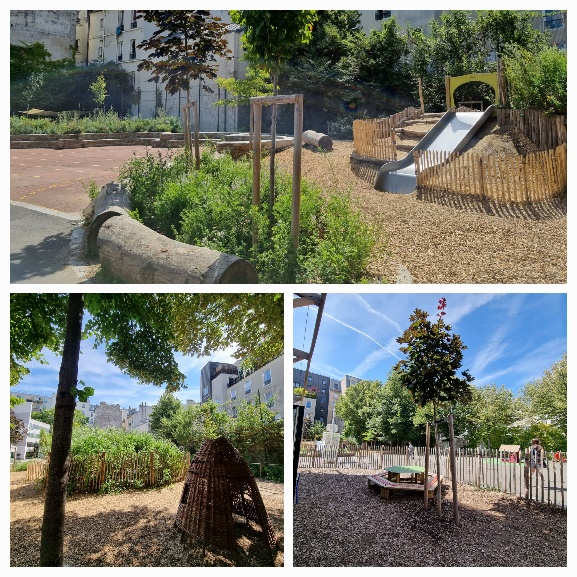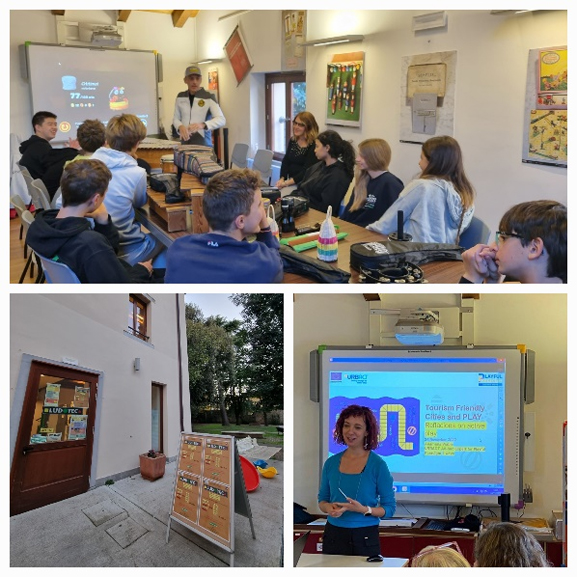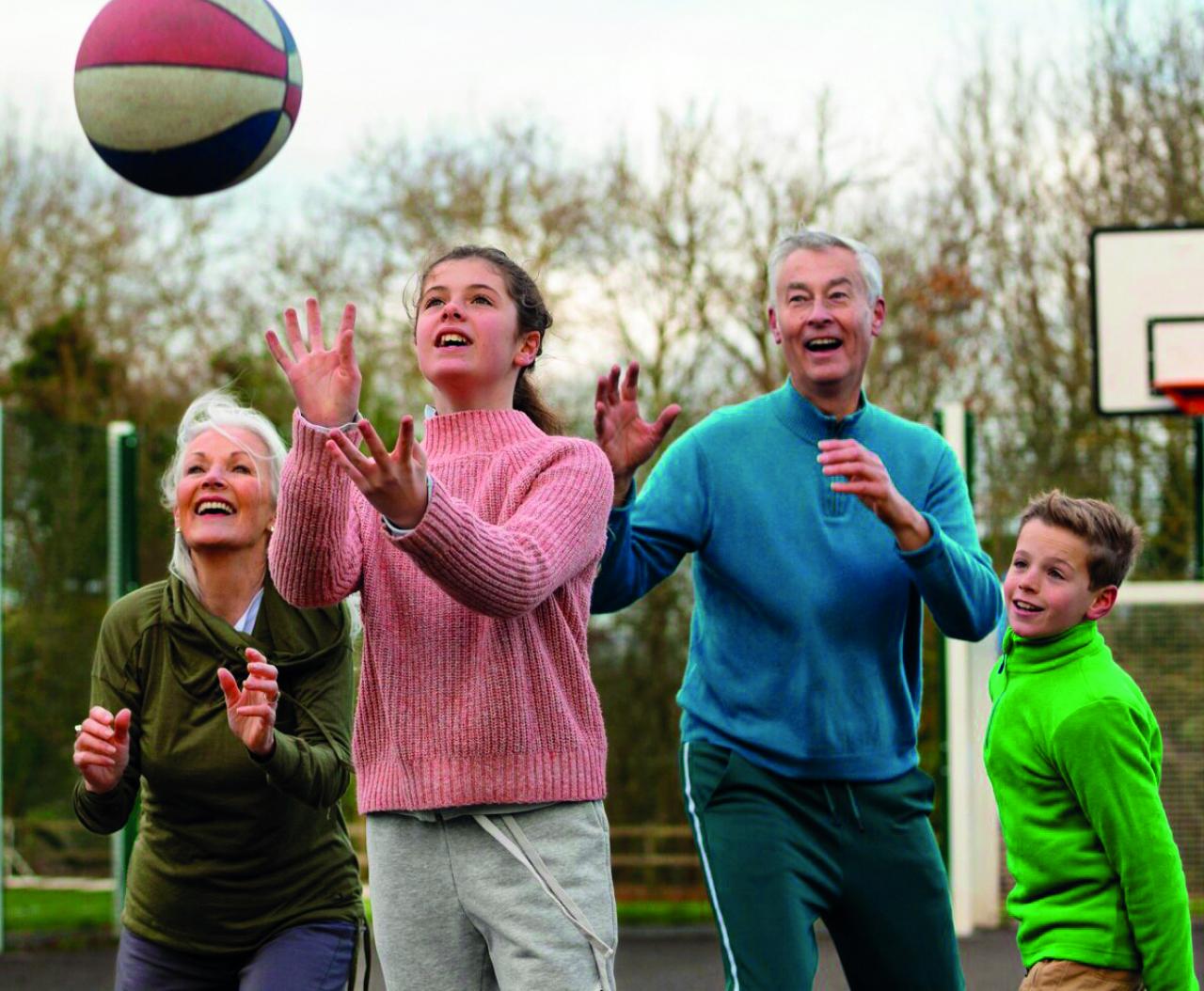Having a public library dedicated to toys, play and active learning through games still remains an innovative practice, rather than a standard approach. This is why, the municipality of Udine led a second wave for a transfer network meant to bring play closer to city policies, together with the cities of Lousa, Igualada, Grosuplje and Jelgava. We explore here 3 ways in which play can be reconsidered for a variety of city-making policies.
Climate adaptation policies and children wellbeing. Paris’s OASIS project funded through the Urban Innovative Actions programme targeted the redesigning of schoolyards into climate refugees spots. As Paris has been experiencing deadly heatwaves in the last two decades, the school infrastructure was identified as critical for providing access to green spaces, shade, water and shelter. The project began with a policy focus on climate and resilience, but during implantation another viewpoint was integrated: play and children’s wellbeing. The redesign of playgrounds came to include elements that facilitate active play, cooperation games, in addition to using natural materials.
Sustainable urban mobility policies and play. Barcelona’s “superillas” or superblocks have sent a strong example worldwide on how a city can reclaim public space from cars and give it back to citizens. The superblocks are areas where 2-3 streets are pedestrianized. Cars are allowed only in special circumstances and hours, and are limited to the residents of the neighborhood. The rest of the street space has been transformed into playgrounds, benches, terraces for bars. The redesign follows relatively low budget solutions, such as use of colors to mark areas or street games. The superblocks have been a sustainable urban mobility measure, which made use of play in order to increase usage and encourage socialization.
Sustainable tourism measure and play. The URBACT Tourism-friendly cities network had the opportunity to test small scale actions before jumping into the implementation of larger flagship measures supporting the transition to sustainable tourism practices. Most of these small scale actions actually made use of play in order to test whether an idea had potential or not. For example, Braga tested if a gamified city tour for residents would increase awareness on how to be a good host. Krakow organized trainings for tour guides on how to use social media in a gamified way, while trying to support dispersion measures and avoid overcrowding in the historical city center. Druskininkai organized an user-centric experience for a volunteer group of persons with limited mobility, who for 48 hours tested the accessibility of the city’s main sights and hotels.




